Textile dyeing
Textile dyeing methods description
Textile dyeing
can be described as a process where a textile fiber absorbs the dye molecule
from its solution so that the dyed material retains the dye and prevents it
from returning to the color from which it was absorbed. Dyeing processes that
occur in aqueous water solutions are always a distribution process between two
stages, such as dye solution and solid layer, and they are based on the
physicochemical interactions between the dye and layer molecules. These
processes can lead to chemical reactions between dye molecules and layers, for
example, in the case of Vat, reactive, and chrome dyes. In the case of
dispersion dyes, the second solid phase involved in the process is the dye
scattered particles. These particles dissolve in water and thus transporting
the dye to a solid occurs similarly to water-soluble dyes. In contrast to these
two cases, the dyeing layer with the pigment is based on the mechanical anchor
of the pigment particles on the surface.
The dyeing process in water solutions can be divided into four stages:
i.
Convectional diffusion of the dye into the dyebath during which the individual
dye molecules move towards the fiber in the liquid phase. This is a relatively
fast process that can be accelerated by the relative motion of the dye solution
and the fiber.
ii.
Absorption of dye on the fiber surface where the dye molecule goes from the
liquid phase (dye solution) to the solid phase (fiber). Here the surface of the
fiber is understood not only as of the visible surface on the outside of the
fiber, which is defined by the fiber diameter and length of the fiber but also
as the surface of the hole that can penetrate deep inside the fiber. This stage
largely determines the color uniformity of the end-use product.
iii.
Molecular spread of dye from the surface of the fiber to the interior of the
fiber. This is a slow process whose rate can be increased by increasing the
temperature of the dye solution. High temperatures also help increase fiber
swelling.
iv.
Dye molecule fixation on fiber molecules by forming bonds between dye and fiber
molecules. The stability of the bond depends on the type of bond that is
formed.
Water quality of textile dyeing methods
Water
quality is extremely important for textile dyeing, and it must meet the requirements
listed below. Water purification is usually required to avoid unpleasant dyeing
defects such as unevenness, dye precipitation, shade dullness, stiff handles,
or chalking. Yarn or fabric preparation and pre-treatment also have a
significant effect on dyeing quality. For example, poor scouring and bleaching
can lead to serious unevenness in dyeing, and uniform rotation of a yarn
package can lead to color differences in package dyeing. As a result, adequate
and uniform preparation and pretreatment can make dyeing standards more controllable
and predictable. Therefore, control of the dyeing process is important in
achieving high-quality products and increasing dyeing production efficiency.
Item Requirement
Color: Colorless
pH: 6.5–7.5
Total hardness (as CaCO3): 50 mg/L (for general use) and 17.5 mg/L
(for dyestuff dissolution)
Iron: 0.1 mg/L
Manganese: 0.1
mg/L
Transparency: 30 cm
Textile dyeing methods
a. Fiber dyeing
b. Yarn dyeing
c. Fabric dyeing
d. Garments dyeing
Textile dyeing environmental impact
In
a textile dyeing process, many chemicals, and dyes must be applied. The protection of
dyed products, especially in the case of chemicals or dyes used, becomes an
important issue. There are many product safety regulations in the EU, China,
Japan, Australia, USA, Canada, etc. It deals with the registration, evaluation,
approval, and limitation of chemicals. Dyeing companies have a legal obligation
to comply with these rules when choosing chemicals and dyes. Substances of very
high concern (SVHC), the list of substances listed in the American Apparel and
Footwear Association's (AAFA) Restricted Materials List, and limited or limited
chemicals and restrictions should be considered. Standards listed in the global
textile market such as Oeko-Tex Standard 100, etc., play an important role in
testing hazardous materials for the decision to be made when buying textiles.
Eco-friendly
and low-carbon emission production for dyeing production is another important
aspect of the textile industry. All kinds of new dyeing equipment, dyes and
chemicals, and technology related to the minimization process, have been
brought to market to increase production efficiency and reduce carbon emissions
by reducing water and energy costs. We should keep a close eye on the
development of new chemicals, machinery, and technology, which could bring
about changes in the dyeing and control of the printing process.

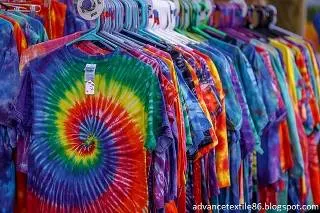
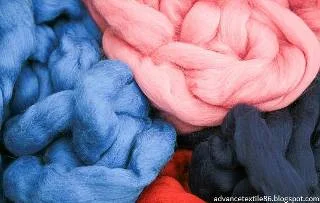
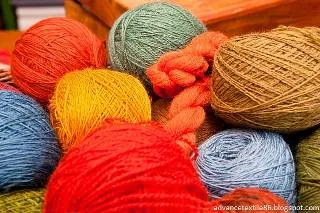
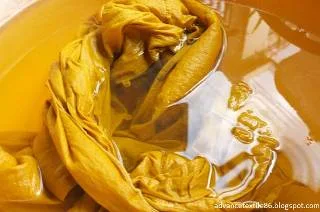
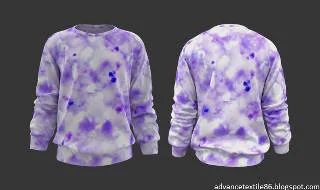
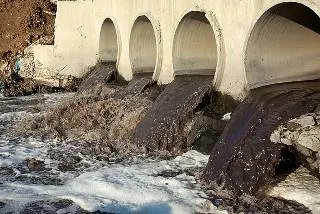







0 Comments